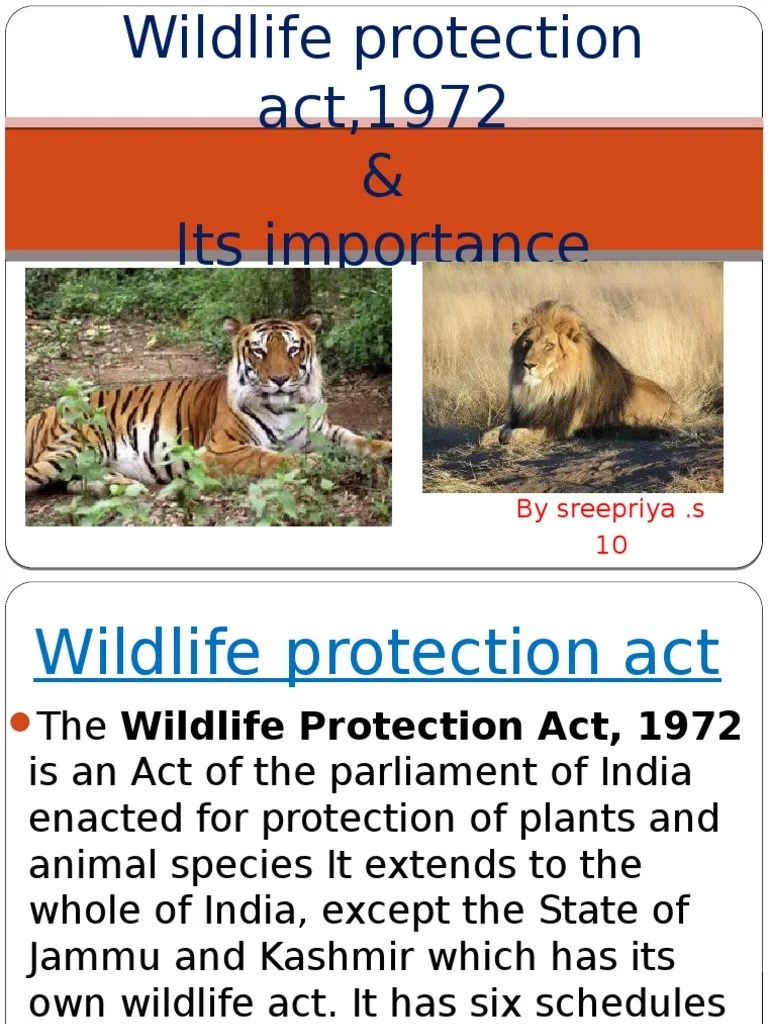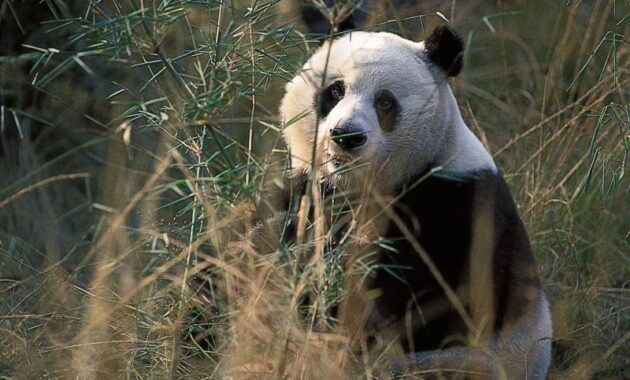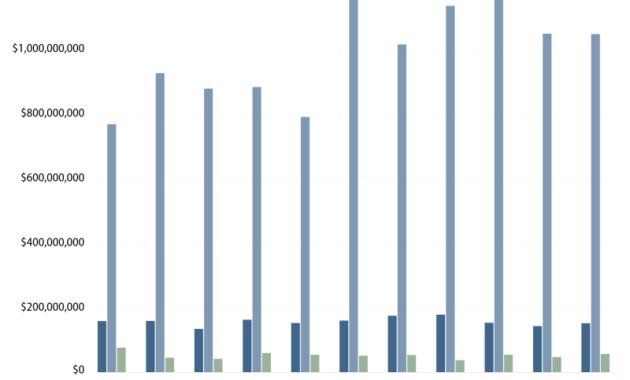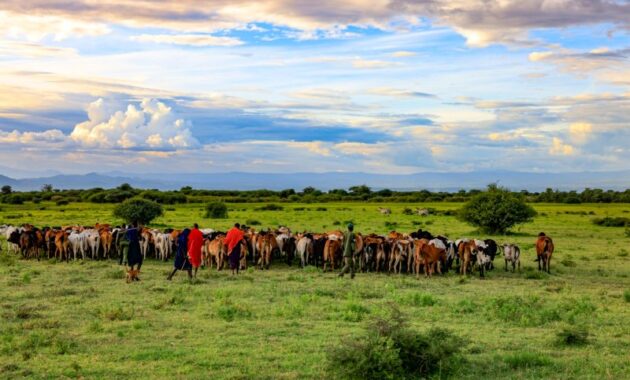Wildlife Protection Laws – A Guizhou snub-nosed monkey is seen with a chiba at a wildlife rescue center in Fanjingshan National Nature Reserve in southwest China’s Guizhou province, June 16, 2022. Photo: Xinhua
A draft revision of Chinese law has been submitted for consideration to improve wildlife protection in various aspects, including artificial breeding, habitat protection and selective release of wild animals.
Wildlife Protection Laws

The draft revision of the Wildlife Protection Law was submitted to the Standing Committee of the National People’s Congress for a second reading on Tuesday, Xinhua News Agency reported.
Legal Classes Of Forests And Conservation Areas In Malaysia
According to the draft, a distribution control system should be established for artificial breeding. The draft states that the artificial breeding of wild animals under national priority protection will require official permits and that the artificial breeding of animals that the authorities consider to be of vital ecological, scientific and social importance should be dealt with.
Artificial breeding is a preventive measure to save endangered wild animals. The goal is to expand artificial populations and introduce them to the wild, Sun Quanhui, a scientist with the World Wildlife Fund, told the Global Times on Wednesday.
According to experts, the offspring of some artificial breeding efforts, such as monkeys, tigers and bears, are also used in medical experiments and as ingredients for traditional Chinese medicine in China.
Zhang Wei, a professor at the College of Wildlife Resources of Harbin Northeast Forestry University, northeast China’s Heilongjiang Province, said the reforms are in line with the country’s efforts to promote the artificial breeding of wild animals to protect them and curb their exploitation to’ w stop in the wild.
A Brief History Of Species At Risk Or Habitat Law In Canada â Alberta Environmental Laws 101
China introduced a gradual distribution control system for artificial breeding of wild animals years ago. But the latest draft explains different management arrangements for the artificial breeding of wild animals under national priority protection and for animals of vital ecological, scientific and social importance.
The review will help streamline procedures for artificially breeding animals of vital ecological, scientific and social importance, Zhang said.
In the draft, Chinese lawmakers also proposed strengthening the protection of wildlife habitats and defining the responsibilities of governments at different levels in conservation work.

Governments at a provincial or higher level designate important wildlife habitats as parts of national parks and other protected areas to protect, restore and enhance wildlife habitats.
Major Laws In Bangladesh Pertaining To Tropical Forests And…
Governments at county level or higher must assess impacts on wildlife and wildlife habitats when preparing development plans to prevent or minimize potential adverse impacts.
Worldwide experience has shown that not all species can be bred artificially. Therefore, the most effective measure to protect and save endangered species remains to protect their habitats and eliminate threats to their lives in the wild, Sun pointed out.
The bill would make people liable if they release wild animals that injure other people, damage their property or destroy the environment.
Any organization or individual releasing wildlife should select species suitable for life in the local wildlife environment. The animals’ behavior should not disrupt the daily life and production of local residents or destroy the local ecology, according to the draft.
Animal Protection Laws In India
In recent days, several alligator fish, an imported species, have been found in many places in China, including the capital Beijing, central China’s Henan province and eastern China’s Jiangsu province.
Because the fish is aggressive and has no natural predators in China, if it enters Chinese waters it will seriously threaten the survival of native fish, experts warned.
The issue attracted public attention due to the pressing issue of illegal importation, release or release of alien species. Under Chinese law, those who commit such crimes face up to three years in prison. “Environmental Laws, Forest Laws and Animal Protection Laws in India” is a comprehensive and insightful examination of India’s legal framework for protecting the environment, protecting its precious forests, and protecting its diverse wildlife. This book addresses the deep significance of these laws and examines their development, impact and the challenges they face in their implementation.

India is home to rich biodiversity, complex ecosystems and cultural heritage closely intertwined with nature. Recognizing the urgent need to protect and preserve these invaluable resources, the country has developed a robust legal system that addresses environmental concerns, forest management and the welfare of its wildlife inhabitants. This book is an authoritative guide to understanding these laws, their underlying principles and the mechanisms they provide for sustainable development.
Animal Welfare And Protection: Eu Laws Explained (videos)
Overview of Environmental Laws: This book provides a detailed analysis of the major environmental laws in India, including the Environment (Protection) Act, the Water (Prevention and Control of Pollution) Act and the Air (Prevention and Control) Act Pollution). It examines the origin, objectives and legal provisions of these laws and highlights their contribution to protecting the environment.
Forest and Conservation Acts: With a focus on the Forest (Conservation) Act, the Wildlife Protection Act and related regulations, this book provides a comprehensive understanding of India’s forest management and conservation efforts. It explores the legal framework for preserving forest ecosystems, regulating wildlife trade and establishing protected areas.
Animal Welfare Laws: Recognizing the intrinsic value of India’s rich animal heritage, this book covers the Wildlife Protection Act, the Prevention of Cruelty to Animals Act and other relevant laws. It highlights legal provisions aimed at protecting animals from cruelty, exploitation and illegal trade, while emphasizing the importance of conservation and habitat preservation.
Case Studies and Analysis: Based on relevant case studies, this book provides practical insight into the implementation and interpretation of environmental, forestry and wildlife laws in India. It analyzes significant legal precedents, landmark rulings, and emerging trends and shows the real-world impact of these legislations.
Buy Wildlife Law For Conservation Book Online At Low Prices In India
Policy and Future Prospects: This book examines the interplay between law, politics and sustainable development and explores the policy initiatives and regulatory frameworks that shape India’s environmental landscape. It addresses emerging issues such as climate change, sustainable development goals and the role of technology, and offers an insight into the future of environmental policy.
Written by experts in the field of environmental law, this book is intended for legal practitioners, policy makers, researchers, students and anyone interested in protecting nature and promoting sustainable development. It provides a comprehensive and up-to-date resource that illuminates the intricacies of India’s environmental, forestry and wildlife laws and inspires readers to take an active role in conserving India’s natural heritage for future generations.
(TO DOWNLOAD FULL SHEET) August 9, 2022 #Article 51A(g)(h) of the Constitution #Prevention of Cruelty to Animals Act #Wildlife Protection Act #Wildlife Protection Amendment Act

India, called the “largest democracy” in the world, also holds the title of being one of the “megadiverse countries” among the 195 countries. It accounts for 7-8% of the world’s species, including around 91,000 animal species and 45,000 plant species. Of these animal species, 12.6% of mammals, 4.5% of birds, 45.8% of reptiles and 55.8% of amphibians are endemic and found only in India.
Wildlife Crime And Punishment
As a result, India also has three unique and biologically rich hotspots among the existing 34 global biological hotspots and is able to sustain them through sustainable use of biodiversity which is an integral part of Indian culture.
The culture of Jainism in India developed veterinary clinics to care for injured and abandoned animals. Similarly, animals such as cows, tigers and elephants are considered sacred and revered in Hindu culture, which advocates against animal cruelty and teaches respect for animals.
However, India, which was primarily an agricultural society, is now becoming a diverse society, because the land is being used for unnatural purposes, which has a negative impact on the natural habitat of various animal species. As a result, animals are poached on a large scale for commercial use in industry.
Although there are various laws and projects in place to ensure that wildlife biodiversity is protected from all these development activities, these laws cannot keep up with the changing times of India and timely changes are needed to protect and conserve wildlife.
Endangered Philippine Eagle Rescued: Call For Stronger Wildlife Protection Laws Intensifies
This article focuses on the current laws and judicial interpretations on animal welfare and why and which areas of these laws need to be changed to ensure better and effective conservation of wild species and prevent their exploitation by human activities.
Traditionally, in pre-colonial India there was no obligation to kill wild animals or classify them as “dangerous”. There was harmony between humans and animals, and animals were part of the spiritual life of the people who worshipped, tamed and valued them.
However, with the beginning of the colonial period, hunting became a sport for British officials, not only for their entertainment but also to show their superiority and establish political relationships with the current monarchs. According to Home Department records, around 50,000 tigers, many elephants, cheetahs, leopards, rhinos and other wild animals were killed during this period.

Soon there was a real concern under the British Raj to protect wildlife. For the first time in India, the Society for the Prevention of Cruelty to Animals was founded in Calcutta in 1861 by the Briton Colesworthy. This society
Laws Protecting Reptiles In India
Wildlife protection agency, wildlife laws and regulations, world wildlife protection, wildlife protection act, wildlife conservation and protection, wildlife protection australia, wildlife laws, wildlife animal protection, wildlife protection services, wildlife protection charities, wildlife protection, protection laws
- Conservation Education Programs 2023 - August 19, 2024
- Endangered Species Protection - August 16, 2024
- Wildlife Habitat Preservation 2024 - August 15, 2024







